He-Man and The Masters of The Universe will become 40 years old. The 1983 series aired in syndication and for many it was the first exposure to the character. Hardcore fans remember first seeing He-Man in toy stores. The toyline was introduced in 1981 and became popular. The 1980s was a different time. Some tend to forget the historical context of past media. The issue with contemporary audiences is to obsess over ideas and attitudes deemed “inappropriate” by current standards. The notion of wokeness has been a visible part of the culture war. No entertainment is spared from being deemed “problematic.” Even cartoons are not left alone. Apparently, the self described progressive minded have take umbrage in relation to He-Man. The odd part is that it comes from some fans. Mana Joshi is a fan who expressed disapproval of how women were depicted in He-Man and The Masters of The Universe. Joshi argues women were regulated to a male gaze or not viewed as capable. What is omitted from the conversation is Queen Marlena, She-Ra , and the Sorceress. The 1983 series for its time was positive for its depiction of women. Teela was a fighter and not a damsel in distress. Evil-Lyn was a formidable adversary. The fact women were part of the adventure was revolutionary for an action cartoon. When a person hears He-Man a high energy, testosterone fueled, and quest based TV show comes to mind. The narrow minded would say women do not have roles in such a genre. He-Man and The Masters of The Universe proved that wrong. The series was not perfect, but it would be incorrect to say it promoted limited or sexist roles for female characters.
Omitting Queen Marlena and the Sorceress is a mistake. Without the Sorceress, He-Man would not exist. She really is the most powerful being in the universe. Her power is limited by the fact she cannot leave Castle Grayskull in her human form. That meant that her fight scenes were few in the 1983 series. Queen Marlena was a pilot who crash landed on Eternia. Working for NASA on a mission, she became Queen when falling in love with Randor. There are a few occasions in which did fight. The She-Ra episode “Reunions” she was able to subdue Skeletor. She gave birth to Adam and Adora who would become Etneria’s champions. The Sorceress has the responsibility of protecting Eternia’s magic.
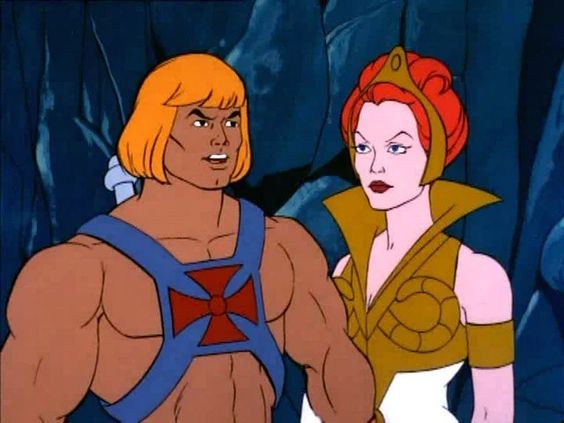
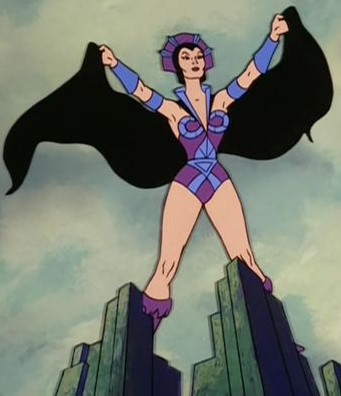
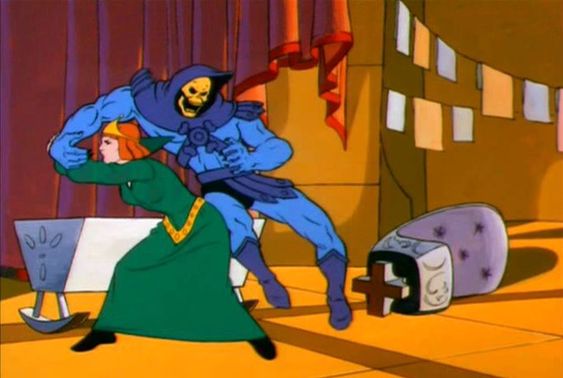
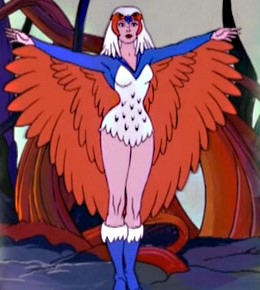
Teela and Evil-Lyn were in most episodes. It was unfortunate that Queen Marlena and the Sorceress did not get more action scenes in the 130 episode series.
She acts as a guide and council to Adam in his times of need. That role is essential to MOTU. If more female characters are taken into account the show had variety. They were not just love interests, damsels in distress, or characters of no significance. Considering, the show was woke for its time period. The Regan years was a time of conservative backlash and aggressive anti-communism. The PSAs normally discussed various topics of being tolerant or the value of kindness. Perplexing as it is some would attack the series as a negative depiction of women. The women of MOTU were part of the action. If a person tries hard enough they can find a problem with anything. Even when there is no serious issue present. The 2002 series had a lower number of female characters. The 1983 series had a variety of female villains and protagonists. Queen Balina, Queen Elmora, and Queen Sumana were female characters that made appearances in the 1983 series.

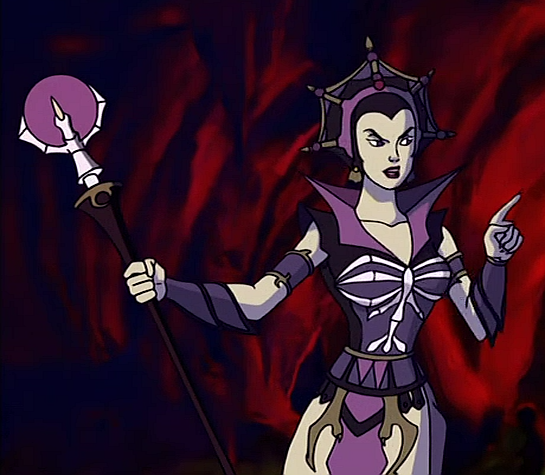
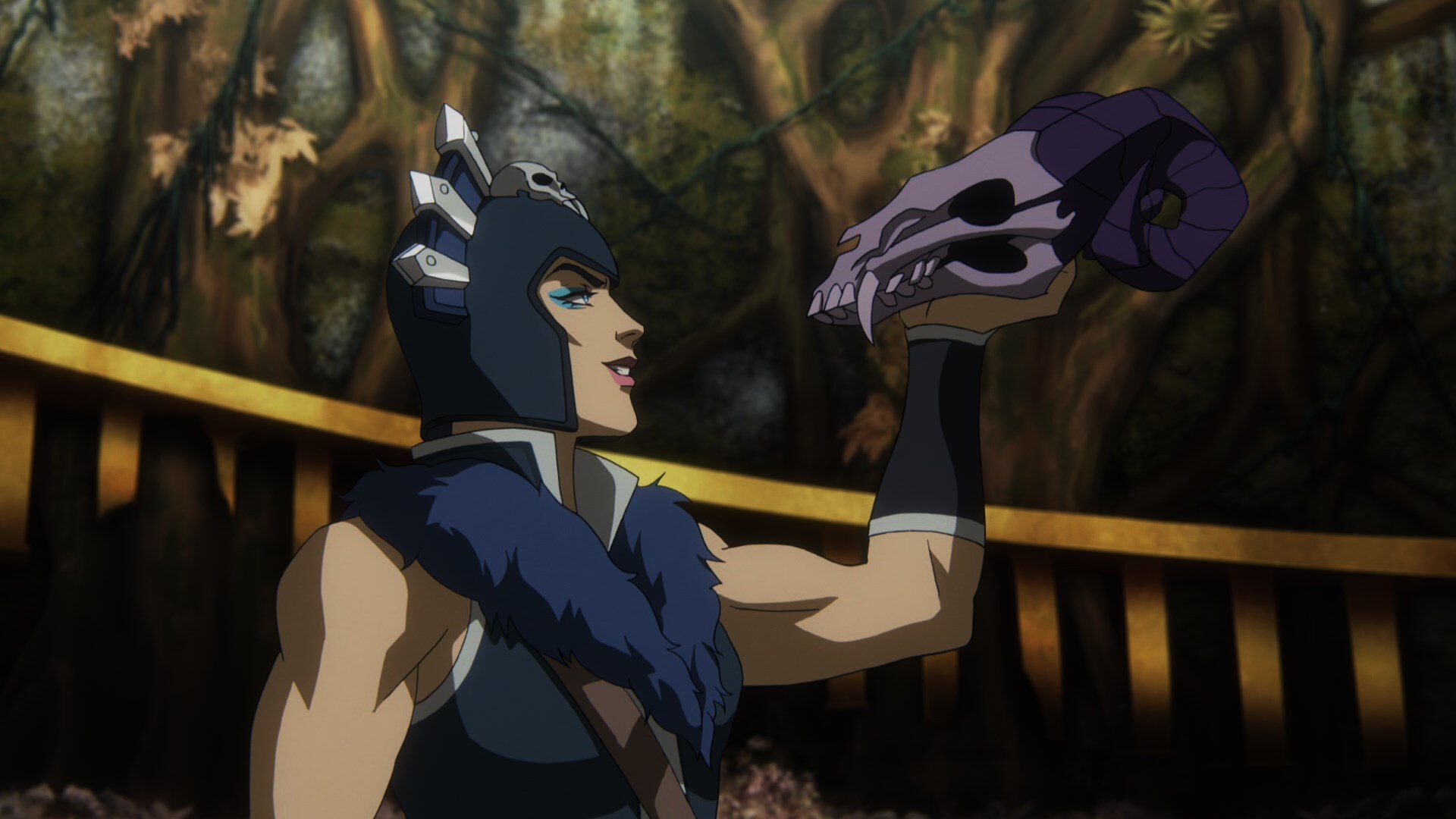
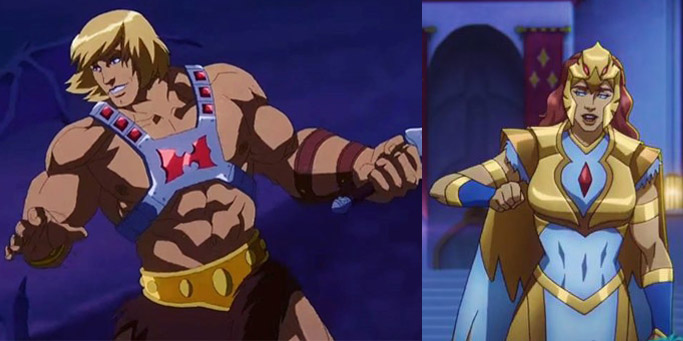
The female character number is low in comparison to men. Both the 2002 and the 2021 series have a lower amount compared to 1983 He-Man and The Masters of The Universe
One could just automatically say it is sexism. That might not be the case. Lack of creativity or female creators could be a reason. Then it comes to copyright. Characters created exclusively for the show probably cannot appear in other series. Calling everything “problematic” lacks real analysis or thought. What can be extrapolated is that overtime entertainment evolves based on social and cultural changes. What is deemed appropriate representation currently might not be so in the next generation. Criticism of media is not the concern. The attempt to sanitize or not understand the context of the past is an issue.
Modern self described critics like to attack the character design of women. Some claims are legitimate, others are ludicrous. Complaining that women’s customs are too skimpy has not seen fantasy. Women warriors in fantasy are known to fight in loin cloths or metal chain mail bikinis. The costume is staple of fantasy. The art of Julie Bell also demonstrates this. Evil-Lyn and Teela’s clothing is closer to a leotard or a general bathing suit. They would not be classified as bikinis. Fan art and female bodybuilders have skimpier clothing. Female character designs are often thought to be mad based on a male gaze. While there is some truth to that, all female characters are not sexualized. Teela and Evil Lyn exposing their legs should ot be that scandalous. Focusing on that ignores a bigger concern. The female character designs do not depict an athletic female body. Teela and Evil-Lyn spend most of their time fighting. It would be no shock that their bodies would look strong.


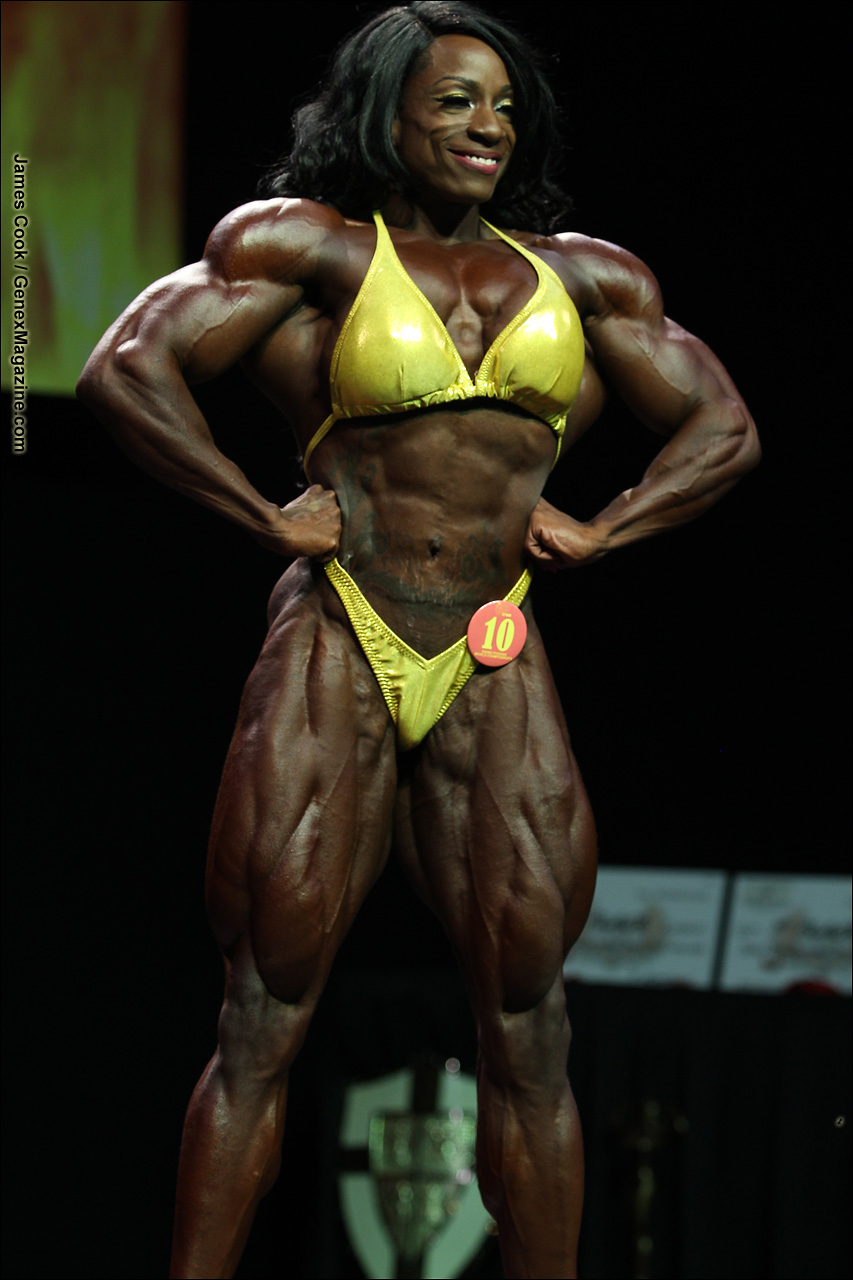
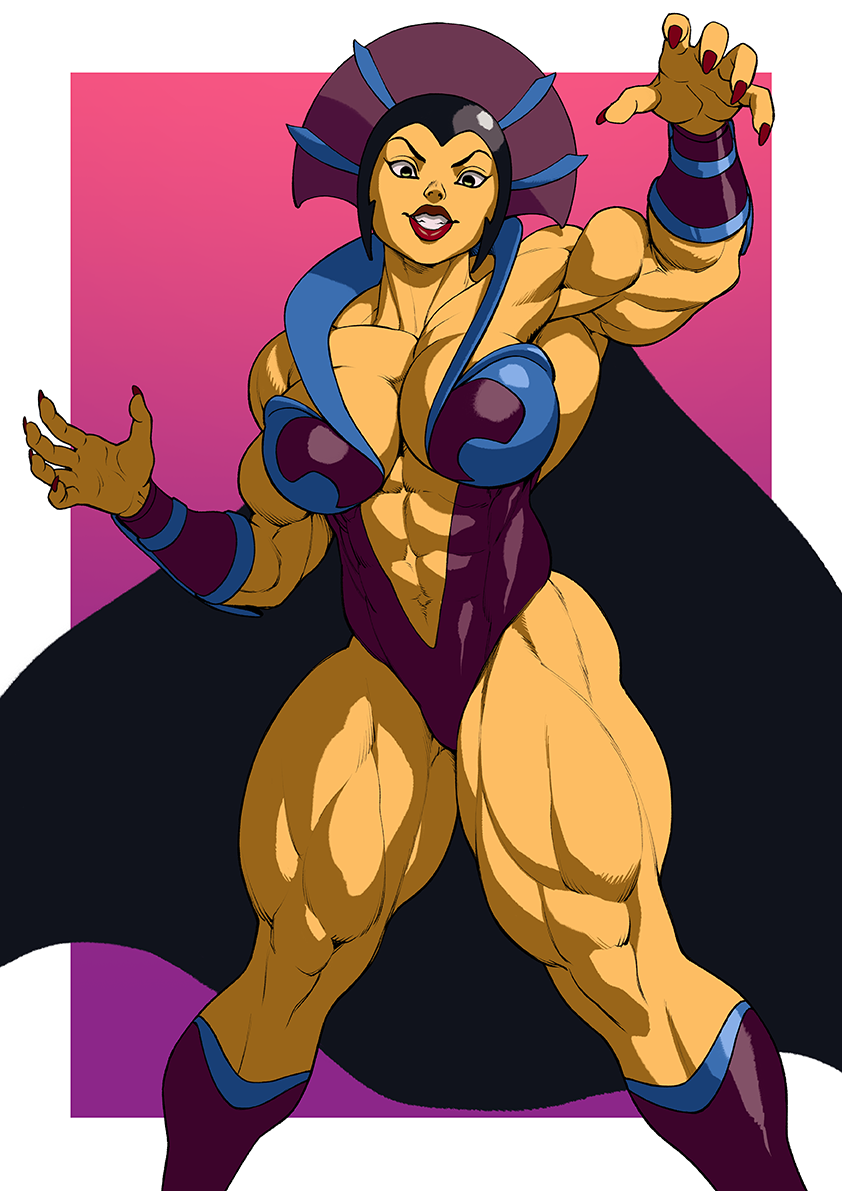
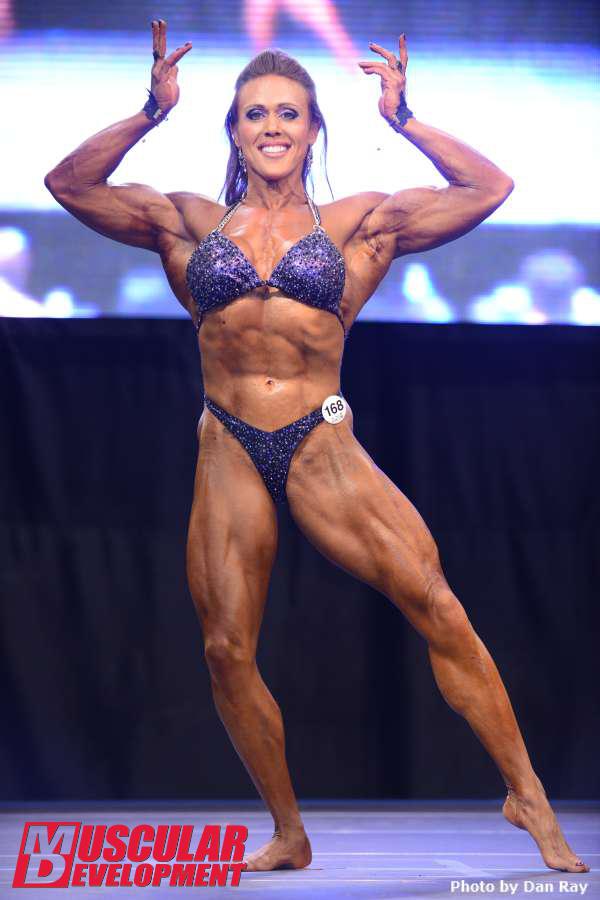

The fact that muscular female character designs were absent in the 1983 series was a bigger problem. There are women who are like MOTU characters in real life. Fan art was ahead of the actual cartoons in this aspect .
Their bodies were closer to super models rather than a female athlete. Filmation was just doing a character design to was familiar with. Animators might not have know how or were not willing to draw muscle on women. The 2002 series did not have much an excuse. Allegedly, there was going to be another She-Ra series by Mike Young Productions. If it did happen it was doubtful that She-Ra would have had a more muscular character design. Masters of The Universe Revelation did a better job in this regard. Costumes are not the source of contention; character design should be. The position that their costumes are not practical does have logic behind it. A bathing suit is not as effective as armor. Such an argument can be countered with the fact He-Man fights in a chest plate and a loincloth. It does not matter if he is all muscle. He could get stabbed easily. Most of his body is exposed, which means vital organs could be targets. Then let us reverse the concept of gaze. A female MOTU fan who likes the look of He-Man probably would not be accused of sexualizing the character. Could a female gaze exist or be harmful ? That is not known, but there seems to be more anger directed at male fans. The 1983 series does not sexualize it characters. Viewers either imagine that or actually sexualize female characters through fan art or fan fiction.
Two issues emerge with the female hero. Either she is a Mary Sue or heroine becomes damsel in distress. Teela does get into trouble, but would not be a damsel in distress. The fact that actively seeks adventure shows agency. Episodes such as “Teela’s Quest” and “The Witch and the Warrior” highlight her credentials. Teela never had to prove herself, because she became Captain of the Guard. True, He-Man would save her in certain cases. However, He-Man himself was saved by She-Ra in “Reunions.” Although this was in the She-Ra series it was part of the same continuity . Eternia is a dangerous place. Getting rescued should not be seen as a sign of weakness. Some shows have the tendency to make the female hero become vulnerable, only to have a man save her. It might show her beating up a whole bunch of enemies, but at the last minute she forgets how to fight. The image does promote the notion of female incompetence and weakness. However, it might not always be so insidious. What it attempts to do is show how much the male hero cares for his female companion. If written poorly it can come off as male savior and helpless female. The other extreme of the spectrum is a Mary Sue. She is so overpowered and skilled there is virtually no challenge. The over correction becomes so intense that male characters are weakened. This is not progress in story telling or women’s representation in fictional works. Role reversal is not a substitute nor is depowering male characters.


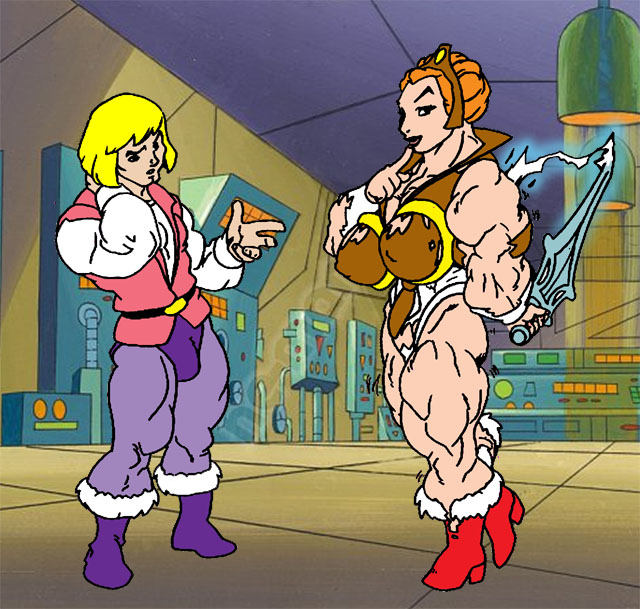
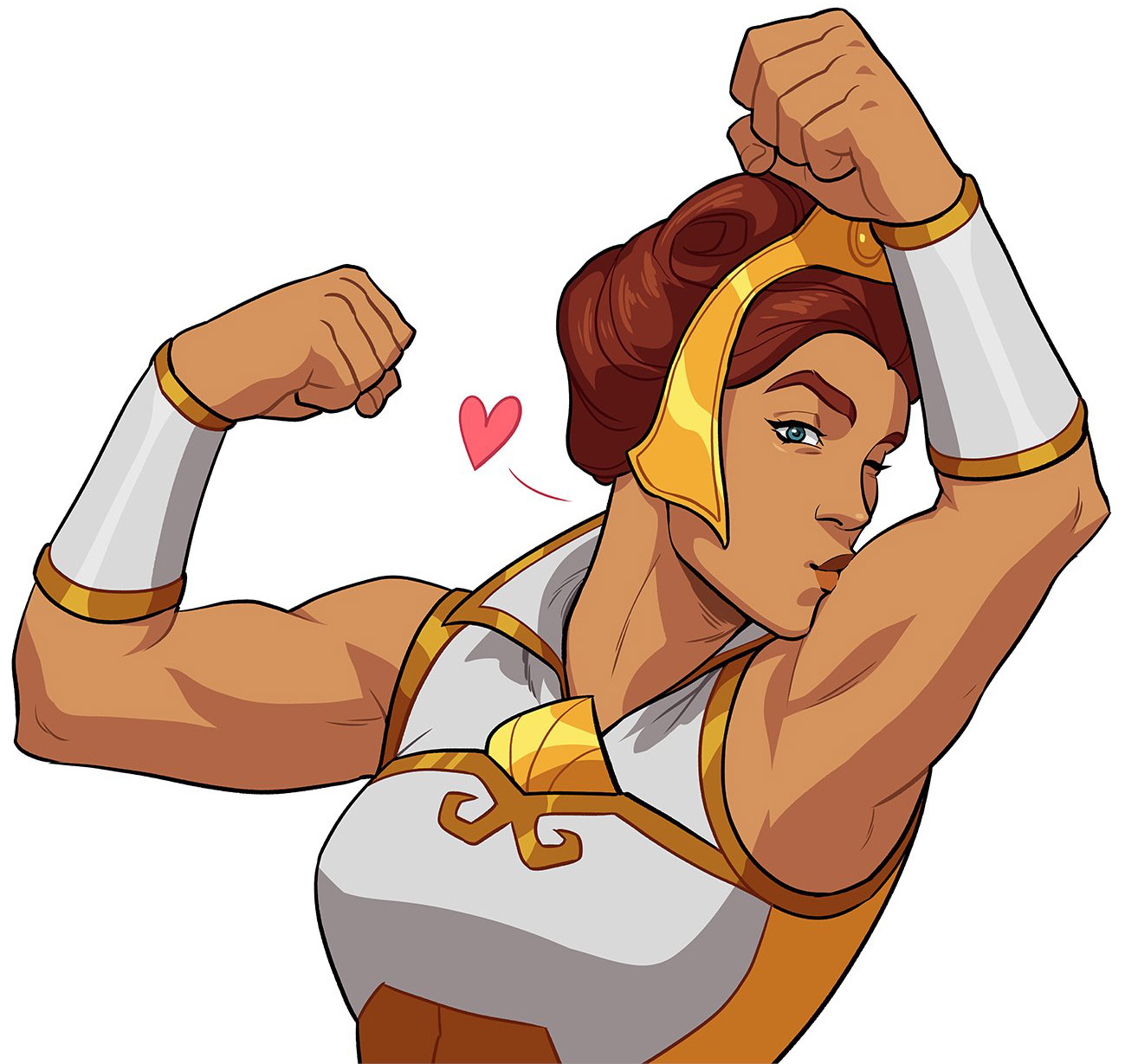
Depowering men or making Mary Sues is not progressive. It is just subtle misandry disguised as female empowerment. The notion of subordinate or dependent should not be the working model. Revelations fortunately broke that dichotomy.
Men and women can both be strong. Relations do not have to operate in a superior or subordinate role. The 1983 series did not do this. The following shows did not either. The culture warriors that attack the 2021 series seem to think that He-Man was depowered in favor of Teela. Some asserted that Teela would take over for Adam and become the new champion. Their obsession about wokeness made them think that Andra would be Teela’s girlfriend. None of these events occurred. The series was not woke just because female characters got more attention or black characters are in it . The culture warrior critics were so blinded by their racism and homophobia that they missed its real flaws. The series felt rushed and some characterizations were off. Despite such flaws, the 2021 series could have turned out like a number of failed reboots.
Teela being saved is not an issue. The fact some makes her seem incompetent reveals a double standard. No fan would call He-Man weak for being saved by She-Ra. Revelations shows a perfect dynamic between He-Man and Teela when they fought Whiplash.
The sole focus on representation, wokeness, or a simplistic understanding of diversity does not create a good story. Fourth wave feminism could have attempted to destroy a franchise like He-Man. The show could have made Teela new champion and downgraded Adam to ineffective sidekick. He could have remained dead or the reboot could have just had an all female cast. He-Man has avoided being labeled a symbol of toxic masculinity by the pc warriors. The reason it is hard to do is because his kindness and desire to help others is his strongest trait. Then there is the fact two women play an important role in his life being Queen Malena and Teela. Both the 1983 and 2002 PSA at the end of the episode express sentiments the pc warriors claim they support. The truth is there is no toxic masculinity. What exists is machismo and its negative attributes. When toxic masculinity is used it is nothing more than a vogue buzzword. Really, it is to cover-up misandry under the disguise of fourth wave feminism and hatred for all things masculine. He-Man would be a target simply because of his name. The franchise is safe due to the fact the character values and gets aid from the women around him. Teela was neither a Mary Sue or a damsel in distress. The Teela of the 1980s was a pioneer for female characters in action cartoons.
The 1983 MOTU was not always perfect, but modern iterations tend to have issues. Masters of the Universe Revelations did not utilize Andra much. The race swap should not be an issue considering this is the first time the character had an animated appearance. The action figure versions of MOTU characters are different from their cartoon versions. Andra first appeared in the comics. The real issue is making token characters without them getting much development. The limitation of having a ten episode season is certain characters will not be explored. Then Evil-Lyn’s story arc has some flaws. Having female villains is just as important as female heroes. The positive stereotype presented in media is that women have a higher moral sensibility. The distorted line of thought is not positive for female representation. Women can be malevolent or ethical. Showing a spectrum humanizes them. Evil-Lyn has always been an antagonist and it was done well with her taking the sword of power .
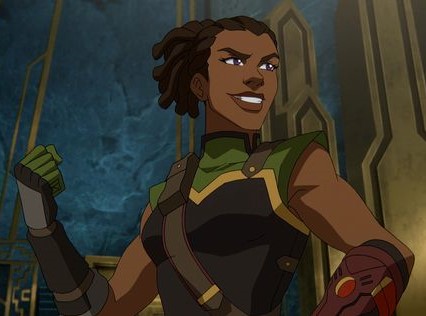
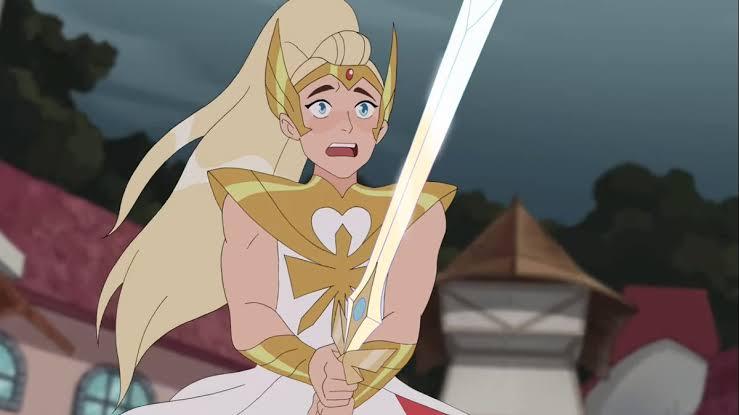
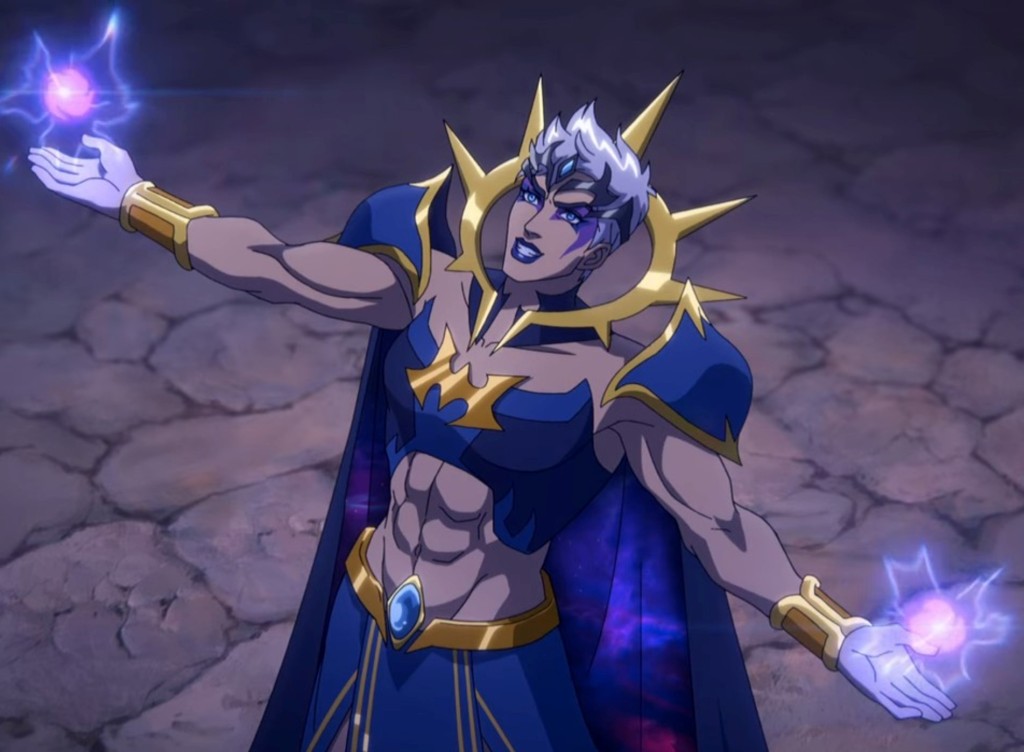
Just having more women characters in animation is not enough. Roles and personality are still important. Otherwise, there is a risk of tokenism. Andra became a token and the hope is that more is done with her in Masters of The Universe Revolution.
instead, the series made her a sympathetic figure and she renounced her ways . The indirect message is that women are not evil, but some abusive men drive them to do awful things. Unless one thinks women have no agency or control of their actions the message is ludicrous. The male abuser and female victim role between Skeletor and Evil-Lyn was not necessary or wanted. She-Ra also explored those themes of abuse relationships. The themes are products of #Me Too hysteria and an overreach of fourth wave feminism. Suddenly media is viewed through a perspective of being “dark” or it “did not age well.” What it appears to be is that some project their modern sensitivities on past media. As time passes what the media now might not be deemed “appropriate” in the future. Anything could be classified as problematic. Then there are aspects ignored, which raise concerns. The women going insane with power theme was recycled with Evil-Lyn . The first woman to use the sword of power in a He-Man series ( that was not She-Ra) goes on a rampage of destruction. While Evil-Lyn criticized Skeletor for having a lack of vision, her only plan was to end all of existence. Her goals should have been more ambitious than that. Maybe Evil-Lyn could have remade the universe and be the ultimate ruler of existence itself. Evil-Lyn was a great antagonist, but all of that was discarded at the end of the series. It appears that going forward there will only be female protagonists. The notion that Masters of The Universe Revelation has less flaws than the original series is more of a opinion. The 1983 series was neither offensive, problematic, or deemed unsuitable for modern audiences. Without it other iterations the current shows would not exist. He-Man and The Masters of The Universe was ahead of its time in having capable female heroes and villains. Only a few other cartoons did that such as G.I. Joe, Transformers, Silverhawks and Thundercats . Most were regulated to a damsel in distress trope or a limited support role. Much of the entertainment and media created is a product of its time. It will always evolve. When thought of in this context, the depiction of women has not been so terrible in the He-Man franchise. Their roles have expanded more so and the lore has become more intricate. More is going to be done with female characters in the franchise, seeing as it has established itself in the pop culture consciousness.
